By Dr. Wayne Brouwer
October 10, 2024As Christians, members of Church Leadership Center share with David, Jesus, and Paul a deep commitment to reading Scripture as the nourishing and cultural air of spiritual life and meaningful existence. Along with the broader church, transcending any denomination, CLC recognizes the books of the Bible as Scripture.
Yet, in the current landscape, there is a swirl of interpretations and hermeneutical presuppositions. Some offer isolated or simplistic moralisms, others present competing worldviews, and still others argue over trite “truths” that seem to hold little relevance. How should the Bible be read? How should it be understood as Scripture, the very life-giving divine breath celebrated in Psalms 19 and 119?
For over 70 years, Dr. Wayne Brouwer, the academic Dean of the Church Leadership Center has immersed himself in Scripture (initially through the eyes and lips of family on a farm in Minnesota). For 45 of those years, he has been preaching Scripture, and for 40 years, teaching it as an academic discipline.
Here are some key perceptions that Dr. Brouwer and CLC hold:
- The rise of Islam, with its absolutized understanding of scripture (the Qur’an) as the vocalized divine message dictated and infallibly transcribed, has significantly and harmfully influenced some strands of Christianity. This influence has shaped certain uses and interpretations of Bible passages in a way that is different from the methods of the Hebrew prophets, Jesus, and the New Testament Apostles.
- The Bible’s inner testimony asserts that the writing of its documents began as formalized covenant-making between Yahweh and Israel. Exodus 20-24 is the core covenant document, with Exodus 1-19 expanding its historical prologue. Exodus 25-40 explains Yahweh’s commitment to the community by dwelling among them, while Genesis provides the backstory explaining why this divine intrusion was necessary and how it focused on Abram’s family. Leviticus outlines the changes to community life when God visibly moves in, Numbers tests the frustrating dynamics of those theocratic social changes, and Deuteronomy passes these lessons to succeeding generations.
- The essential message is that God has a problem: humans, made in the divine image, are His children, but after the pandemic of sin struck, they left home, forgot their Heavenly Father, and no longer desired to return. After unsuccessful attempts to evoke “homesickness” (Genesis 3-5) and a kind of do-over (Genesis 6-9), God chose to build a deliberate relationship with a small family community, eventually settling them in a territory that bridged the three great continents where all God’s children were migrating. By maintaining their covenanted lifestyle, it was hoped that others would be drawn in and seek to return to life as God intended (Isaiah 2:1-5).
- The historical books narrate this message and its connection to the “Promised Land.” The prophets explore the contours of the covenant lifestyle, while Israel’s poetry delves into its often-mysterious dynamics.
- When Israel failed to sustain its missional partnership with Yahweh, God intervened again in human history through the personal presence of Jesus. The Gospel writers explain Jesus as the divine power unmasking and neutralizing humanity-destroying forces (Mark), reviving Israel’s original divine mission and transforming its movement from centripetal to centrifugal (Matthew), connecting with all of God’s children—especially the marginalized—and bringing them home to the love they had long sought (Luke), and recreating a world darkened by sin in a way that restores Light and Life (John).
- While the Hebrew prophets (including John the Baptist) expected this divine intervention to be a single, once-for-all “Day of the Lord” involving final judgment, sparing a remnant, and bringing the Messianic age into being, Jesus introduced an unexpected twist. He split the “Day of the Lord” in two: absorbing divine judgment into himself, initiating the remnant community, and offering miraculous glimpses of the eternal Messianic age. Then he departed, giving his disciples the mission of continuing the work until he returns, calling all of God’s children home.
By reading the Bible this way, Church Leadership Center moves beyond debates over specific moralisms and absolutized behaviors and re-engages with the love of God, which they first learned through the simple yet profound expressions of faith shared by previous generations.









